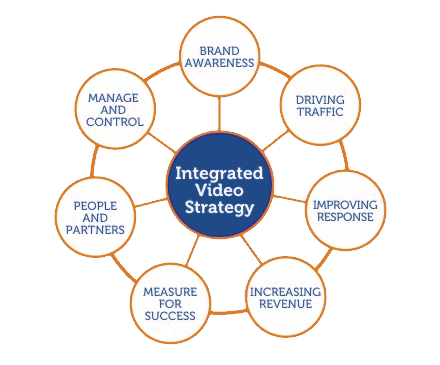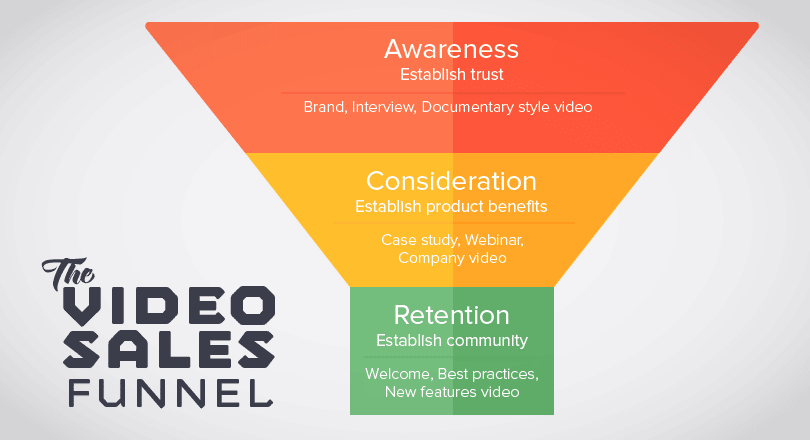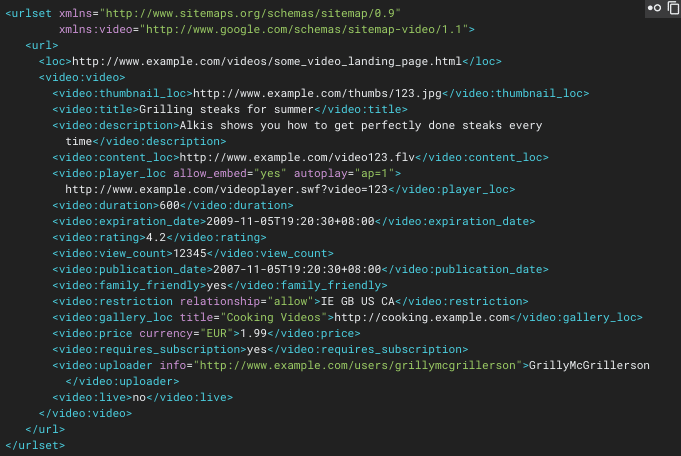Did you know that including video on a landing page can increase your conversions by 80%?
The rise of video marketing isn’t going anywhere so having a strategy on how you can captivate your audience, increase awareness, and generate more leads with it will play a critical role in achieving marketing goals.
In this blog post, I’ll address the following key points when it comes down to developing a successful video marketing strategy:
- How to set yourself up for success
- Top video marketing stats to be aware of
- Where to promote your video assets
How to Set Yourself Up for Success
Just like starting anything else when it comes to digital marketing, you want to have a game plan that’s aligned with your overall strategy.

So naturally the first place to start is to answer the following questions:
- Who is my target audience?
- Why do I want them to watch these videos?
- How will these videos foster sales and lead generation?
- What resources do I need to develop these videos?
- What’s my video release cycle? (E.g. once per month, once per week, etc.)
- What types of video will I push out? (E.g. webinars, tutorials, etc.)
- How will I measure success? (E.g. views, conversions, etc.)
- How can I repurpose my videos for maximum exposure?
- What’s my budget for video creation?
Once you’re able to answer these questions, look at how your video marketing efforts will align with the overall marketing strategy.
To make it easy, think of how the videos you create will fall into the sales and marketing process.

Top Video Marketing Stats
Whether you’re a solopreneur, small business owner, or a marketing personnel at a startup, make sure you’re aware of ‘why’ so many other companies are making video a priority.
The reasoning behind this isn’t to just jump on the bandwagon, but so that you sell the case to the rest of your team and even to yourself.
Simple terms: VIDEO MARKETING WORKS. More specifically, 90% of user say that seeing a video about a product is helpful in the decision process.
Additionally, check out the following stats:
- According to a report published by Forrester, including video in an email leads to a whopping 200-300% increase in click-through rate.
- According to ComScore, 45.4 percent of users viewed at least one video online over the course of a month.
- YouTube reports mobile video consumption rises 100% every year.
- According to Rhythm and Insights, combining video with full page ads boost engagement by 22%.
- 75% of executives watch work-related videos on business websites at least once a week.
- More video content is uploaded in 30 days than all three major U.S. T.V. networks combined have created in 30 years.
- 65% of executives visit the marketer’s website and 39% call a vendor after viewing a video according to Forbes.
Where to Promote Your Video Assets
Once you develop your videos, you’ll have to start thinking of the distribution strategy which entails driving views, sales, engagement, and more.
Just as you would optimize your blog posts, videos involve SEO work too. Here’s what you should optimize:
- Make your videos easy to share. Including things like embeddable code and social sharing buttons will increase the potential that your videos get shared.
- Adding a full video transcript is a great way to ensure that the right keywords are being targeted and with helping search engines learn more about your content.
- Video sitemap. This provides useful metadata that can enhance video results within Google as it improves the ability to show up in search results.

- Host your videos on your own domain rather than using YouTube or Vimeo. This is a great way to get people to link back to your website. Consider using a tool like Wistia as you’ll have full analytics on how long people watch your videos and their engagement with it.
Additional avenues to promote your video assets are:
- Email marketing
- Paid advertising
- Social networks
- Niche networks
- Influencers for cross-promotion
[Check out How to Execute Your Content Distribution Strategy Like a Boss]
Final Thoughts
Bottom line – video marketing works well for those who deeply understand their target audience. When you’re able to bridge the gap between what you’re trying to sell with what your ideal customers want/need, that’s where the real magic happens.
The purpose of developing great videos comes down to evoking an emotional reaction, creating meaningful connections, and relationships. If you nail those things, you won’t even have to work as hard on ‘selling’ your product/services.





